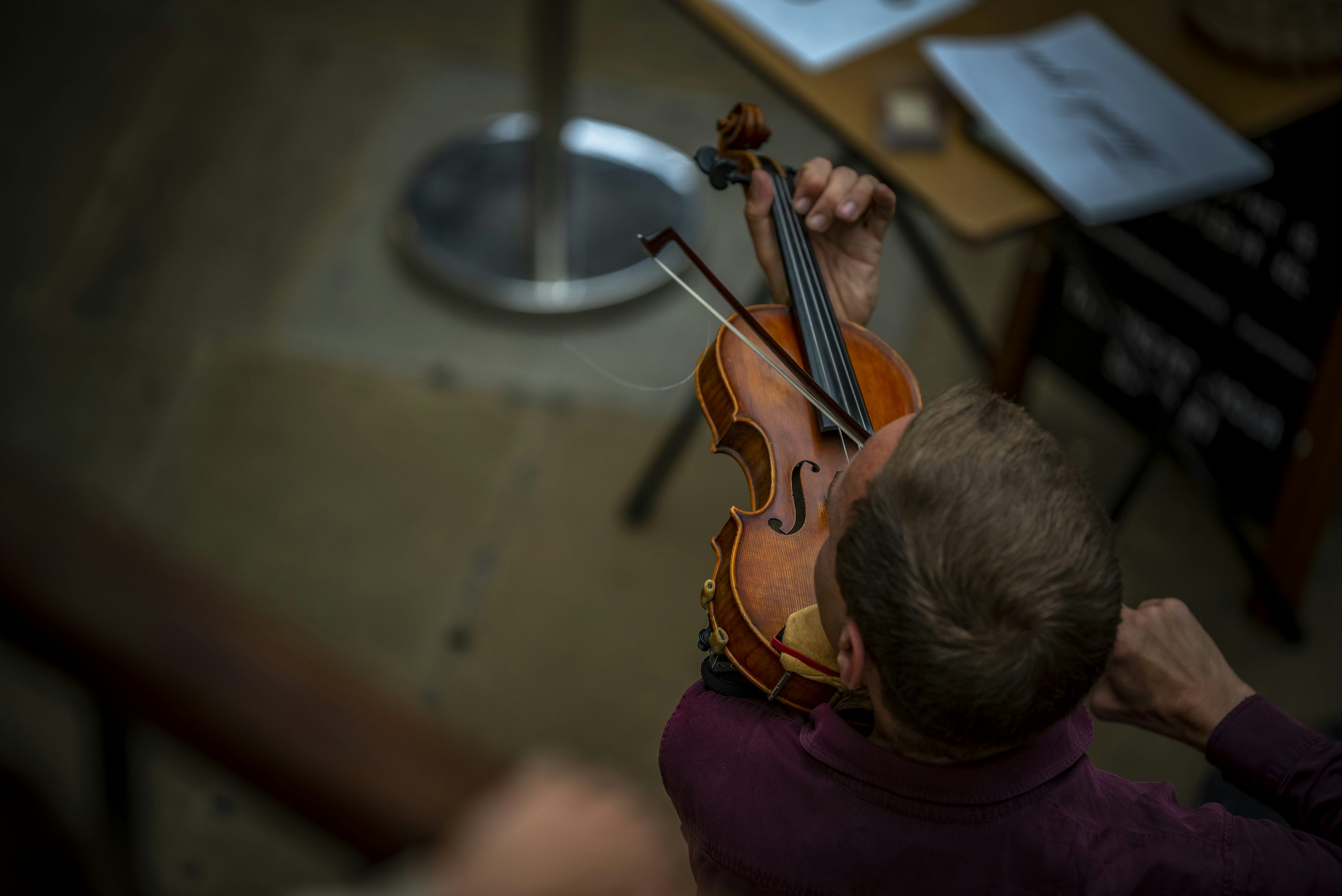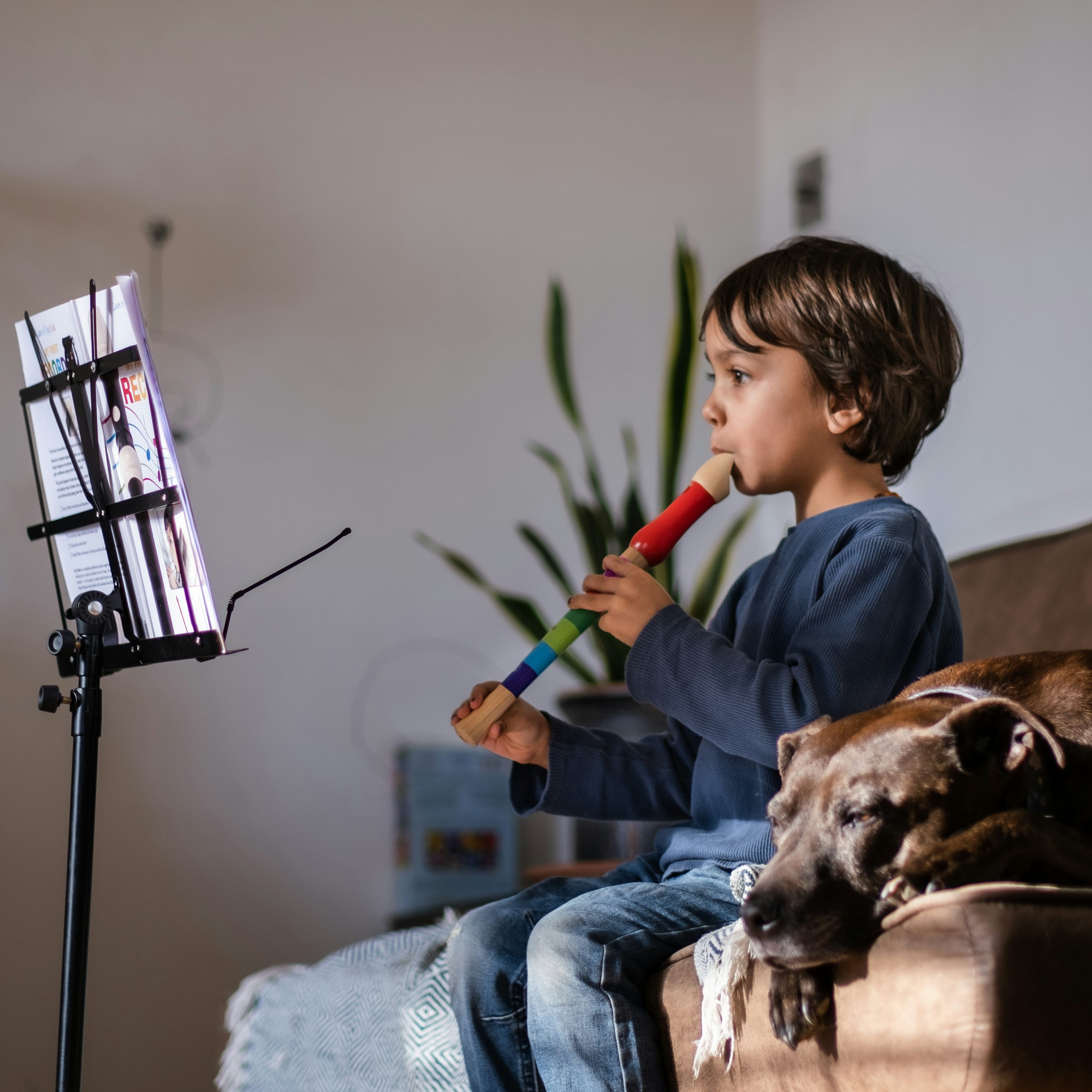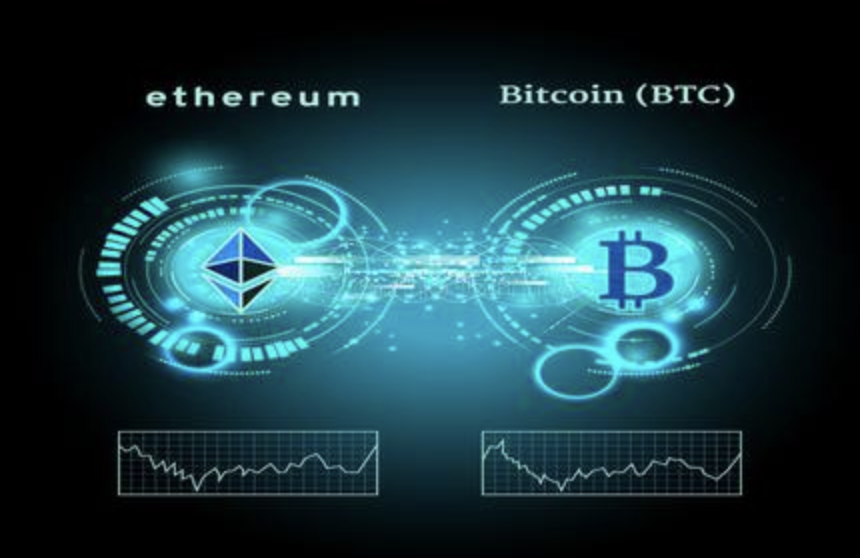In the vast starry sky of art, musical instrument learning is like a dazzling star, bearing the pursuit and dreams of countless people for beauty. Nowadays, the surge of science and technology has injected new vitality and change into the ancient and elegant journey of musical instrument learning, making it shine more brightly.
Technology has opened a convenient door for musical instrument learning. At one time, learning a musical instrument was often limited by many factors such as location and teachers, and many music lovers could only flinch. But now, with the popularity of the Internet, high-quality teaching resources are easily accessible. On the online learning platform, the teaching videos of famous teachers are dazzling, ranging from classical instruments to modern popular instruments, from basic introduction to advanced skills. Learners can pause and replay the course at any time according to their own progress and needs, and try to figure out every note and every fingering repeatedly. The pace of learning is under their control. Not only that, but also many intelligent musical instruments came into being. They have built-in rich tutorials and interactive functions. For example, the intelligent piano can automatically identify whether the learners' fingering is accurate or not, and the intelligent guitar can give real-time pitch and rhythm feedback through sensors, which makes beginners feel more directional in the practice process and greatly improves the learning efficiency.

Science and technology have expanded the creative space of musical instrument learning. With the emergence of digital audio workstation (DAW) and other music production software, music creators are no longer limited to the timbre and expression of traditional musical instruments. Learners can synthesize strange timbres through software, simulate the sound effects of various musical instruments even beyond the real ones, and try to integrate and innovate musical elements with different styles and cultural backgrounds. For example, a classical guitar lover can use software to add the rhythm and sound effects of electronic music to his performance and create highly personalized music works. At the same time, virtual reality (VR) and augmented reality (AR) technologies have brought unprecedented immersion to the music experience. In the VR environment, learners seem to be in a virtual concert, observe the details of the master's performance at close range and feel the flow and echo of music in the virtual space; Through AR technology, scanning musical instruments or music scores, we can intuitively see the movement track of notes and the demonstration of playing skills, and make abstract music knowledge vivid.

However, technology is not the master key to musical instrument learning. It can't replace learners' perception of music, deep affection for musical instruments and persistent practice. The essence of musical instrument learning is to sharpen skills, cultivate sentiment and realize the true meaning of life in the interaction with musical instruments. Science and technology only provide us with more tools and ways, so that we can set off more easily and explore more freely on this road.

When technology and musical instrument learning are intertwined, a wonderful variation has been played. It allows more musical dreams to take root and sprout, and makes the inheritance and innovation of art glow with vigorous vitality. No matter how science and technology develop, as long as we cherish the love of music, with the help of science and technology, we will be able to play our own cadenza on the road of musical instrument learning, so that the light of music can illuminate every corner of the soul and become an eternal melody in life.




